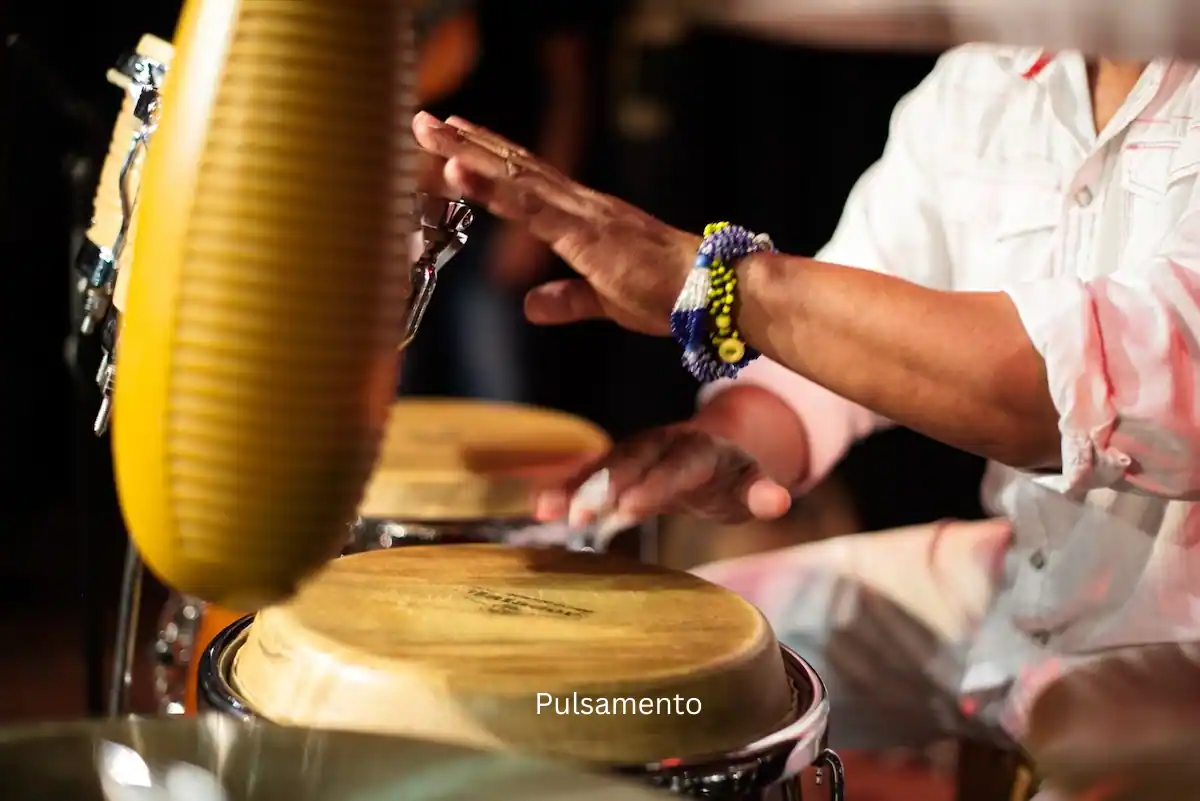Pulsamento isn’t just a term; it’s a phenomenon that intricately links the rhythms of life with the ebb and flow of our biological processes. At its core, pulsamento refers to the rhythmic, pulsating patterns observable in nature and mirrored within our own bodies. These rhythms range from the obvious—like the steady beat of a heart—to the subtle, such as the rhythmic firing of neurons.
Understanding pulsamento begins with the heart, our body’s metronome. Each heartbeat sends waves through the vascular network, echoing the fundamental rhythm of life. But beyond the heart, pulsamento extends to our breathing and even the oscillations in our brain activity, demonstrating how deeply embedded these patterns are in our existence.
The Musical Pulse: Pulsations in Sound
Pulsamento transcends biology and resonates deeply in the arts, particularly in music. Musicians and composers often harness pulsamento to create rhythms that not only engage listeners but also connect on a visceral level. This musical pulsamento serves as the backbone of melody and harmony, driving the tempo and dynamics that make music an expression of shared human experience.
In sound, pulsamento can be seen in the repetitive motifs of classical compositions or the syncopated beats of jazz. Each genre bends the concept of pulsamento to fit its unique aesthetic, crafting sounds that pulse with the vibrancy of human creativity.
Pulsare in Art: Capturing the Essence
Visual arts too reflect the concept of pulsamento, where artists capture the dynamic rhythms of life in static forms. Whether through the repetitive strokes of a brush or the rhythmic patterns of a sculpture, artists mimic the natural pulsating patterns, creating works that seem to move and breathe with a life of their own.
Pulsamento in Different Cultures
Every culture has its interpretation of pulsamento, whether it’s through traditional dance, music, or local crafts. These cultural manifestations of pulsamento provide a window into the values and rhythms of life that are cherished by different societies. From the drumbeats of African ceremonies to the intricate dance forms of India, pulsamento forms a bridge connecting individuals through shared rhythmic experiences.
The Impact of Pulsamento: A Musical Revolution
The influence of pulsamento is profound, especially in the world of music where it has sparked entire movements and revolutions. The rise of electronic music, with its emphasis on synthesized rhythms, showcases modern pulsamento, transforming how music is produced and experienced globally.
Tips for Effective Pulsamento Usage
To truly embrace pulsamento, one might consider engaging more actively with rhythmic activities. Practicing music, participating in dance, or even mindful breathing exercises can help attune oneself to the natural rhythms around and within.
Future Prospects of Pulsamento
As we delve deeper into the scientific and artistic exploration of rhythms, the future of pulsamento looks promising. It holds potential not only in enhancing artistic expressions but also in therapeutic practices where rhythmic interventions can aid in physical and psychological healing.
Conclusion
Pulsamento is more than a concept; it’s a fundamental aspect of life that connects the biological with the artistic, the individual with the collective. As we continue to explore and understand the various facets of pulsamento, we not only connect more deeply with the world around us but also unlock the rhythmic potential within ourselves.
FAQs
What is pulsamento?
Pulsamento refers to the natural rhythmic patterns found in biological processes and artistic expressions.
How does pulsamento influence music?
In music, pulsamento forms the foundation of rhythm, influencing everything from tempo and dynamics to the overall feel of a composition.
Can pulsamento be observed outside of music and biology?
Yes, pulsamento is evident in various forms of art, cultural practices, and even in the natural oscillations of the environment.


